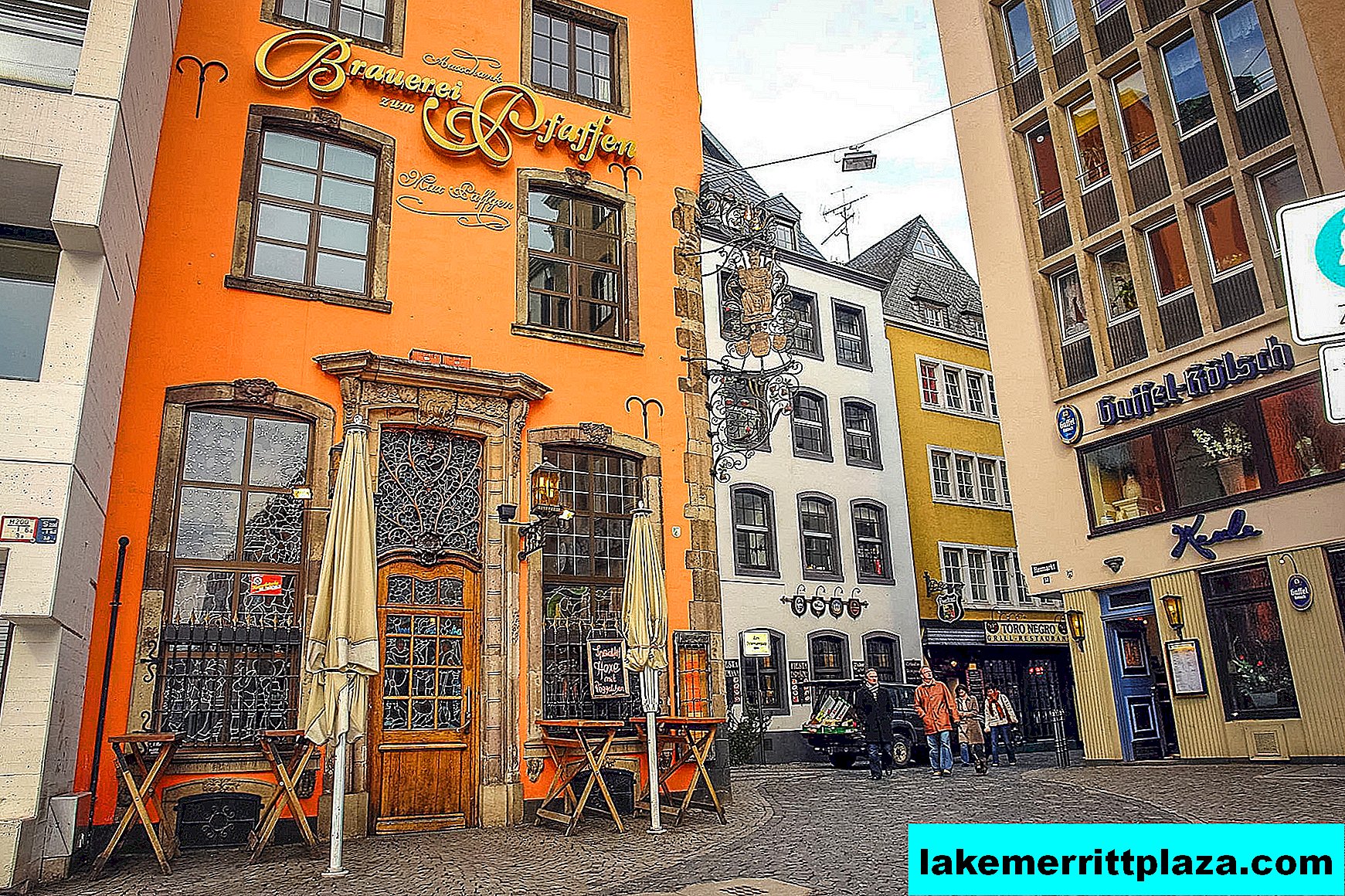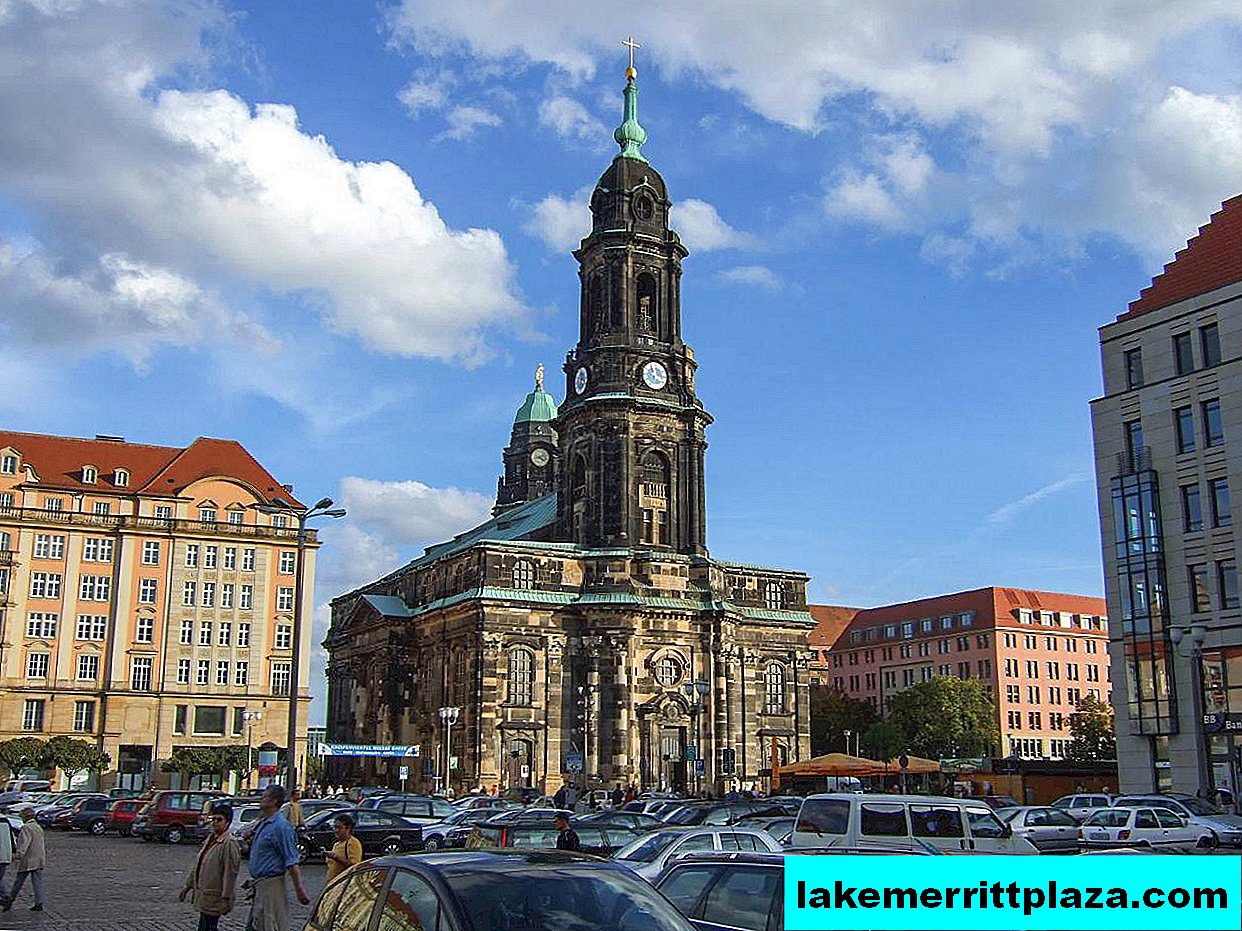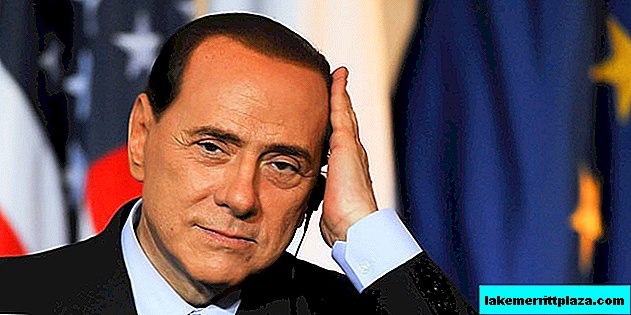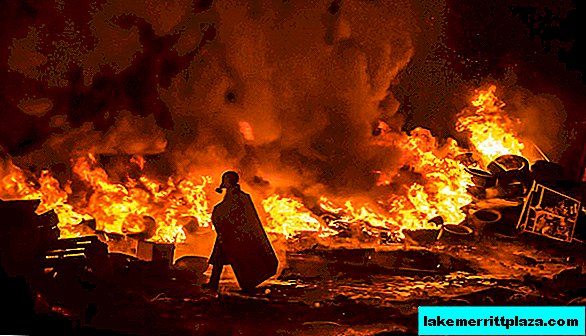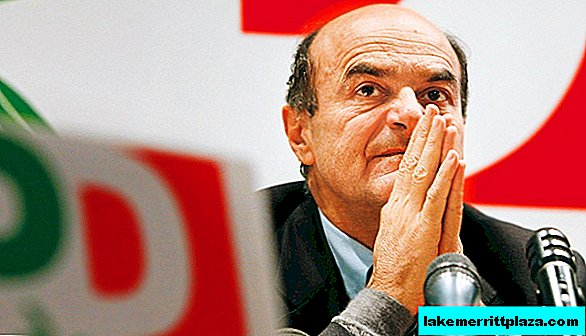The Fontana della Barcaccia is located in Piazza di Spagna in Rome, at the base of the Spanish Steps (Scalinata di Trinita dei Monti). It is not distinguished by its large size and splendor of architecture, but it attracts many Romans and visitors to the city.
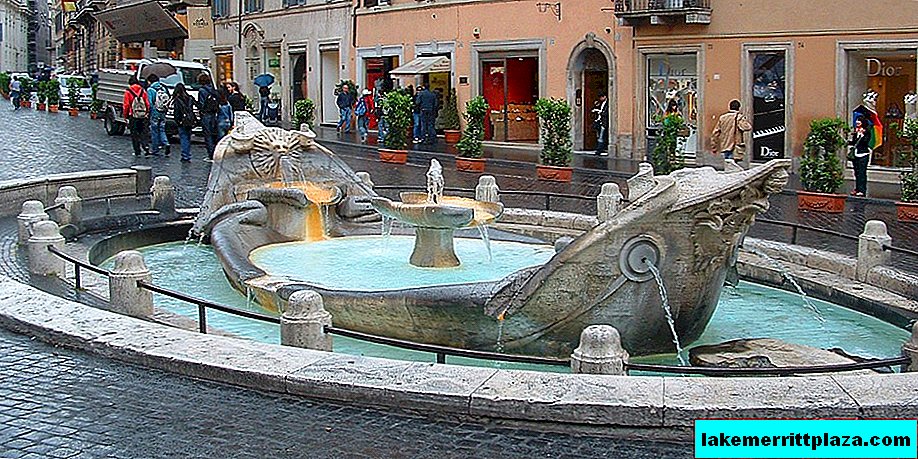
History of creation
The Barkaccia Fountain in Rome was built from 1627 to 1629 according to the architectural plan of Pietro Bernini, father of Giovanni Lorenzo Bernini.
The work of art was erected in memory of the flood of 1598, when the water rose above 20 meters above sea level. The Tiber overstepped the coast and flooded the historic center of Rome. When the water flowed away, a stranded longboat was found in Plaza de España.
In 1623, on the orders of Pope Urban VIII (Maffeo Barberini), the restoration of the Aqueduct Acqua Vergine began to bring water to new areas of the capital. The pontiff was impressed by the flood, and as part of the reconstruction ordered to install a fountain in the form of a boat on the Piazza di Spagna. The restoration of the water supply system and the construction of the fountain was entrusted to Pietro Bernini. To work on the fountain, the architect was helped by a son, who probably completed the work after the death of his father in 1629.
We recommend reading:
The sculptor compensated for the insufficient water pressure in the fountain with the composition of a half-flooded longboat. The base of the fountain is below the level of the square, and the boat is raised. Such an arrangement of parts gives the necessary difference in water levels and jets slowly flow from a kind of ignition holes in the boat. The monument is made in the Baroque style of white marble and is decorated with distinctive signs of the family coat of arms of Barberini - suns and bees.
Translated from Italian, “Barcaccia” means a longboat, a small vessel with gentle edges and a flat bottom for transporting goods. In Rome, XVI-XVII centuries, wine barrels were transported on such ships.
Nowadays

Now, as in the 17th century, the fountain is supplied with the waters of the ancient aqueduct Aqua Virgo, which also feeds the Trevi fountains (Fontana di Trevi) and the Four Rivers (Fontana dei Quattro Fiumi). Tourists and local residents quench their thirst with the purest cold water from this source without fear.
In 2014, the restoration of the work of the master Bernini, which lasted about a year, was completed. The Barkaccia Fountain or, as tourists affectionately call it, the "Boat" shone with its pristine brilliance and whiteness. On February 19, 2015, fans of the Dutch football team Feyenoord before the game with the Italian Roma in the 1/16 Europa League (the match ended in a draw 1: 1) slightly damaged the fountain during the riots.
How to get there
Spanish Square can be reached by metro on the red line A - to Spagna Station. On the same line you can get to Piazza Barberini (station Barberini) and walk from there on foot.



